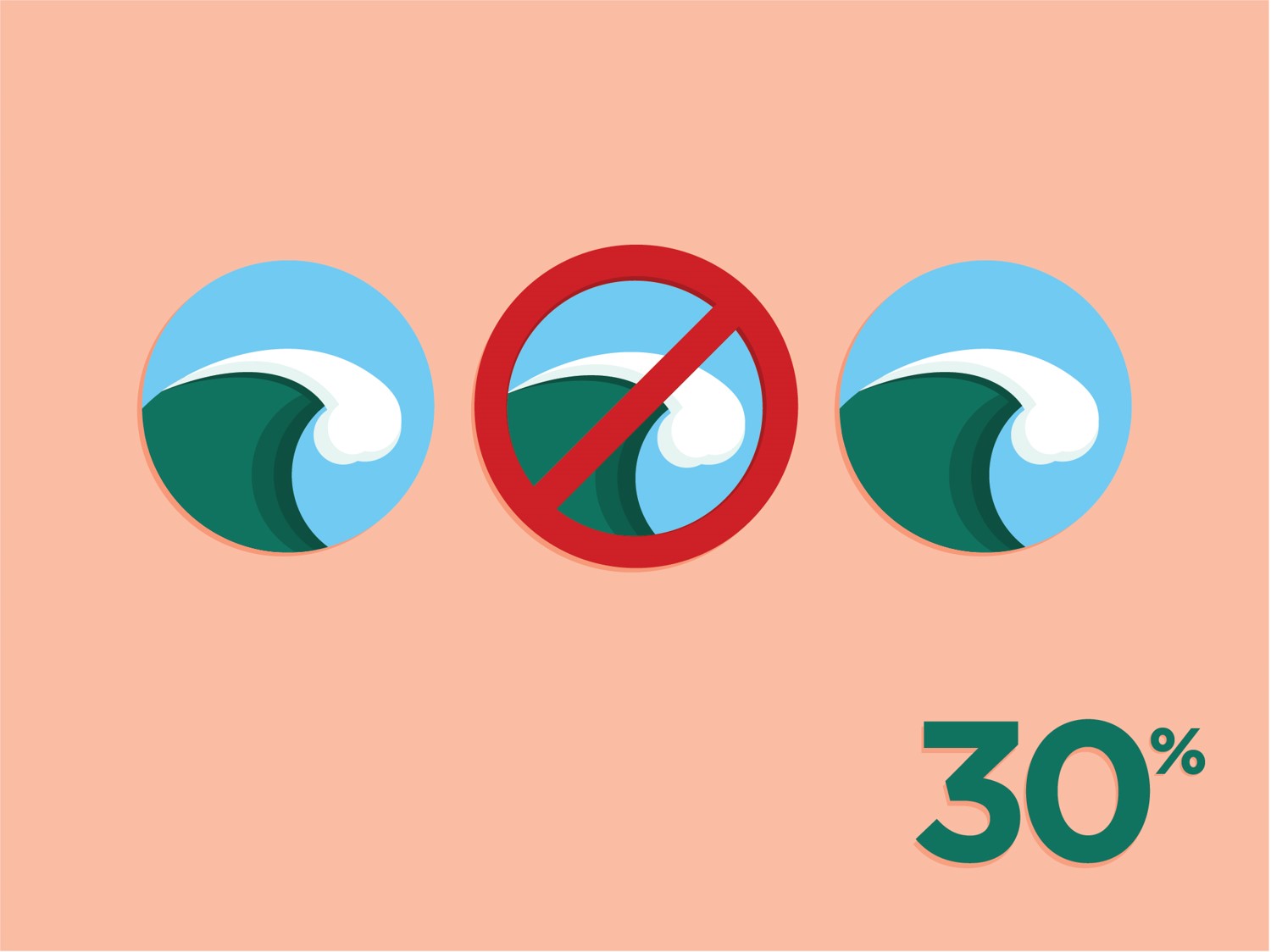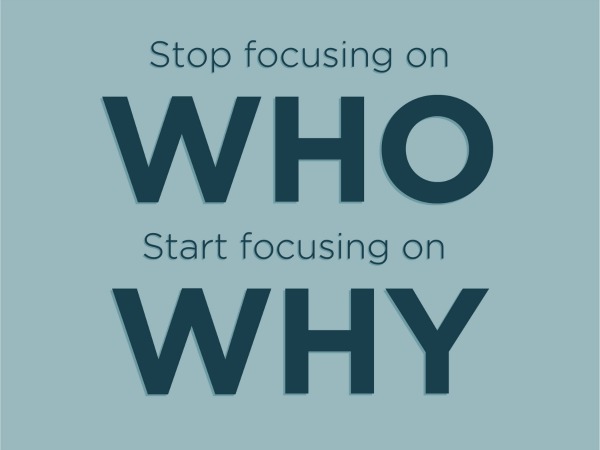
Most people who work in testing and optimization understand that they do not share the exact same preferences, motivations, habits, and goals as their customers. If you were to say to them, “You are not your customer,” they’d probably nod in agreement.
Still, I think many people would be shocked to know just how significant these differences are. In her opening remarks at Click Summit 2016, Brooks Bell shared a few interesting stats that drove this point home.
For example, consider that males and females essentially account for a 50/50 split in the world’s population—statistics at its simplest. But women are responsible for 80 percent of the online buying decisions.
(If you’re a woman reading this, you’re probably not surprised.)
Here are other key ways in which you may differ from your customers:

- Do you vacation at the beach? About 30 percent of Americans have never seen the ocean.
- When was the last time you boarded a plane? One in five Americans has never flown before.
- Do you have a college degree? About 68 percent of working-age Americans don’t.
You’re not alone
If you raised your eyebrows at any of these bullet points, don’t worry. It’s normal to overestimate the extent to which others share your background and beliefs. There’s even a name for it in psychology: false-consensus bias.
To further complicate our understanding of others, social science research is notoriously WEIRD (Western, educated, and from industrialized, rich, and democratic countries), a phenomenon that Click Summit keynote speaker Christian Rudder notes well in his book Dataclysm: Who We Are (When We Think No One’s Looking).
Normal though it may be, it’s a problem when we are creating a digital experience for our customers, one that meets their needs while achieving our own business goals.
Two common UX misconceptions
User-centered research helps eliminate these blind spots by giving us a more vivid picture of our customers. But I see two common mistakes in how people approach it.
The first is in segmentation. Conventional wisdom says you should identify the different types of visitors based on factors such as:
- Demographics
- Their comfort with the web
- Level of brand awareness
Armed with this knowledge, you can serve them an experience that’s individually tailored to who they are. However, we know that an approach like this is overwhelming and impractical. Instead, user research should aim to uncover customer intent—why he or she is coming to your site.

The second mistake is relying solely on web analytics to understand your customers.
Instead, quantitative and qualitative data should be used together. Both enhance each other, allowing you to tap into the empathy that all good design is rooted in.
Analytics tells us what our visitors are doing, while user-centered research tells us why they are doing it.![]()
So how do you use analytics and user-centered research to get a better understanding of your customers—and increase conversions?
Join me Tuesday, June 28 at 12:30 EDT for a free webinar with Decibel Insight to explore that very issue. Lucas Jones and I will share practical strategies for using both quantitative and qualitative data to:
- Increase the lifetime value of your customer
- Establish and solidify brand loyalty
- Make smart design decisions based on trustworthy insights
Space for this webinar is limited. Reserve your spot now.
 Jonathan Hildebrand is the director of UX at Brooks Bell, where he works to bring the voice of the user to enterprise-level A/B testing, targeting, and optimization services. Previously, Jonathan spent six years as an art director and designer at Capital One, working on card acquisitions marketing, designing new pages, and helping launch the occasional celebrity spokesperson campaign.
Jonathan Hildebrand is the director of UX at Brooks Bell, where he works to bring the voice of the user to enterprise-level A/B testing, targeting, and optimization services. Previously, Jonathan spent six years as an art director and designer at Capital One, working on card acquisitions marketing, designing new pages, and helping launch the occasional celebrity spokesperson campaign.
—
Brooks Bell helps top brands profit from A/B testing, through end-to-end testing, personalization, and optimization services. We work with clients to effectively leverage data, creating a better understanding of customer segments and leading to more relevant digital customer experiences while maximizing ROI for optimization programs. Find out more about our services.
Categories












